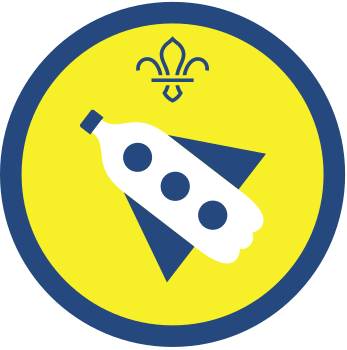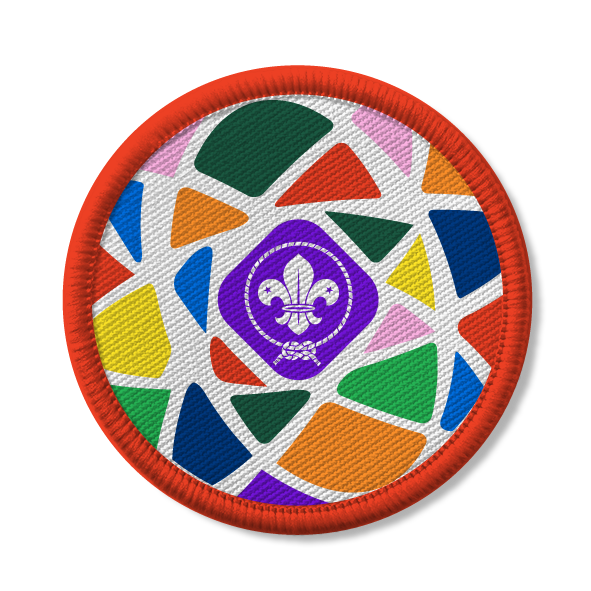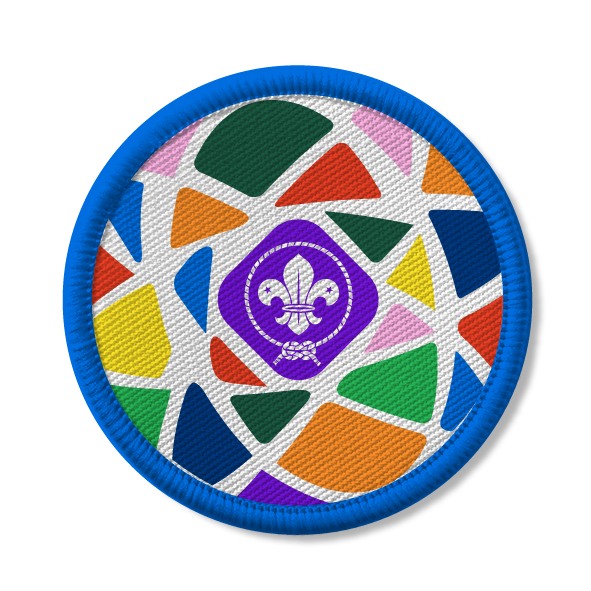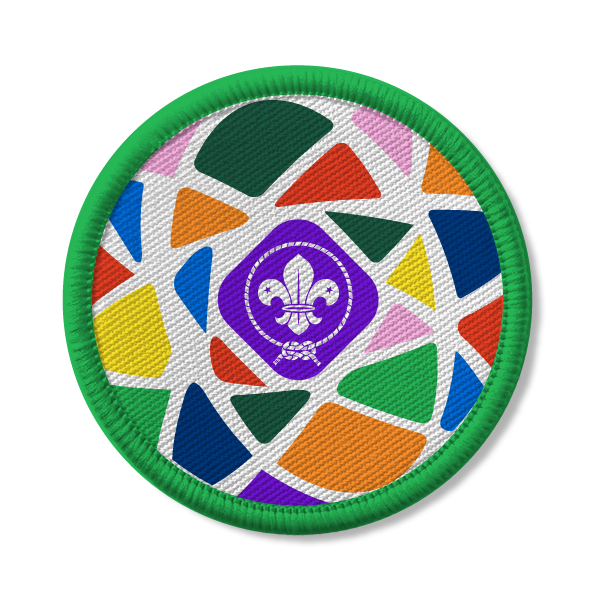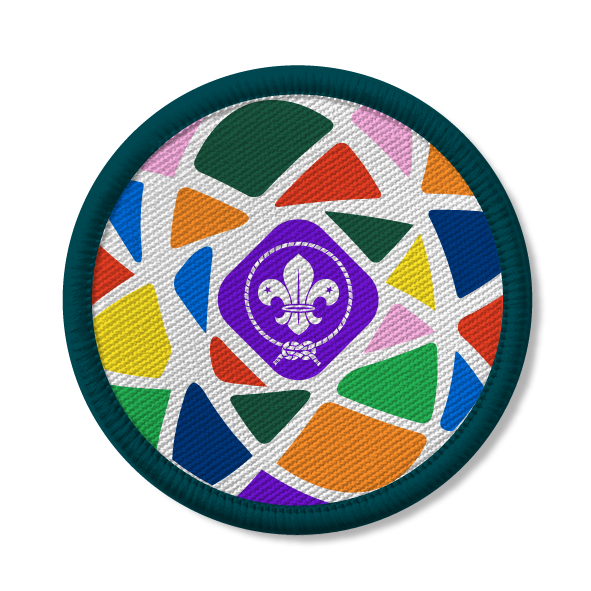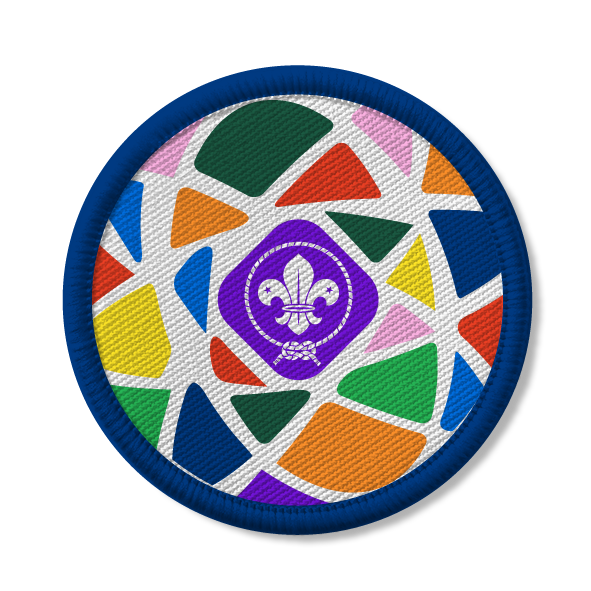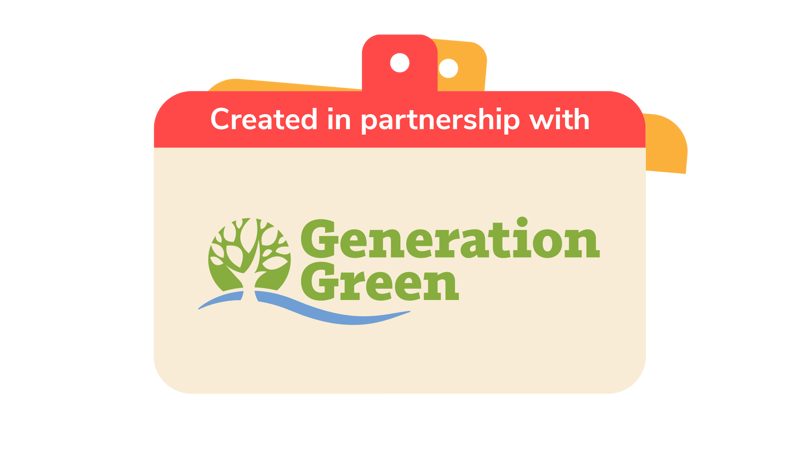
Recycling binception
You’ll need
- Clean items of recycling
- Permanent markers
- Coloured pens or pencils
- String
- Scrap card
- Hole punch
- Strong scissors or cutting knife
- Recycling bags
- Device to access the internet (optional)
Recycle Now's recycling locator
Use this handy locator to find out what you can put in your recycling at home, and where you should go to recycle other specific items.
Recycling locatorBefore you begin
- Ask the group (and their friends and family) to bring in clean items that can be recycled at home – especially plastic and cardboard. Metal items (such as tin cans or clean foil) can be recycled at home, but they’re not the best materials for making a bin and they can be sharp. If the group brings plenty of cardboard and plastic, they could make a bin for a few safe pieces of metal.
- Check the recycling for any sharp items and make sure it is all safe to handle.
- The recycling items may need to be cut to size. Ensure you can cut the thick cardboard and plastic safely – it might be best for the group to mark where they want to cut with a pen and ask an adult to do the cutting.
Safety checklist
Use the safety checklist to help you plan and risk assess your activity. Additional coronavirus-related controls to think about may include:
- Setting up a hand washing station that you can use throughout the session. Everyone should wash their hands before and after they use equipment.
- Ensuring there is enough equipment, so no one has to share.
Recap recycling
- Everyone should think about the most common types of litter. Discuss what was collected on a recent litter pick or think about the rubbish often seen on the sides of roads, washed up on riverbanks, and in green spaces.
- Everyone should think about why recycling is so important. The group can share their ideas if they want to.
- The person leading the activity should help everyone to understand that recycling, using fewer things, and reusing items reduces the negative effect we have on the planet.
- Everyone should discuss what can be recycled locally, and how:
-
- What can you put in recycling bins, boxes or bags at home? What can’t be recycled at home?
- Can anyone think of something that would need to be taken to a recycling centre or collection point (for example at a supermarket)?
- What about things that aren’t currently recyclable? Find out more about landfill waste in WWF’s Wise up to waste activity.
Bin it right
- Everyone should help to lay the recycling out.
- Work together to split the recycling into a pile for plastics and a pile for cardboard. Keep items which aren’t made from plastic or cardboard to one side.
Build it tight
- Everyone should split into small groups.
- Each group should build a recycling bin using only cardboard or only plastics.
- Each group should make a sign for the front of their bin, so others can see what belongs inside. They should draw the packaging symbols that tell people an item belongs in the recycling bin.
- Everyone should work together to sort the leftover materials into the new bins. When they’re full, the whole bin can be recycled (as long as anything like string is removed first).
Out of sight
- Place the pile of items which weren’t suitable for the plastic or cardboard bins in the centre of the space.
- Work in small groups to separate out these materials into different recycling bags that can either be placed in household bins (like tin or metal) or can be disposed of in free recycling programmes (like bread bags or toiletries).
- Package the categories of recycling into separate bags and label each bag.
- Everyone should decide who will drop off the different bags at their recycling locations.
In your home recycling bins or bags, you can put:
- Plastic – including bottles, pots, tubs, cartons and carrier bags.
- Paper – including newspapers, magazines and letters.
- Cardboard – including cereal and egg boxes.
- Metal – including tins, cans, aerosols, aluminium foil and bottle tops.
- Glass – including bottles and jars.
There are free recycling programmes for items that are hard to recycle, including:
- soft contact lenses and blister packs
- air fresheners, home cleaning products and laundry care packaging
- water filters
- make-up and toiletries
- bread bags
- crisp packets
- medicine packets
- pens and pencils
- balloons
Reflection
This activity was all about being responsible for the items we all use and throw away, and valuing the outdoors by recycling and being sustainable – a really important part of being responsible. Being responsible and looking after the planet involves lots of things and is much bigger than one activity, but this is a great place to start. What would happen if people didn’t recycle? A lot of items would go to landfill where they’d take up space and pollute the environment. People would also have to cut down more trees and mine for more materials. When people recycle the materials that have already been extracted, they don’t have to disturb the natural world as much.
Safety
All activities must be safely managed. You must complete a thorough risk assessment and take appropriate steps to reduce risk. Use the safety checklist to help you plan and risk assess your activity. Always get approval for the activity, and have suitable supervision and an InTouch process.
- Rubbish and recycling
All items should be clean and suitable for this activity.
- Scissors
Supervise young people appropriately when they’re using scissors. Store all sharp objects securely, out of the reach of young people.
- Sharp objects
Teach young people how to use sharp objects safely. Supervise them appropriately throughout. Store all sharp objects securely, out of the reach of young people.
Try to create a tin, metal and/or glass bin from those materials. You’ll need additional equipment for this, and should take extra safety precautions as these materials can be sharp and break easily.
Make it accessible
All Scout activities should be inclusive and accessible.
Place your recycled recycling bins in a community space for everyone to use. You could also craft additional bins from packaging or damaged items (like old buckets or large pots) that people can place hard-to-recycle items in, which can then be dropped off at free recycling scheme locations.

